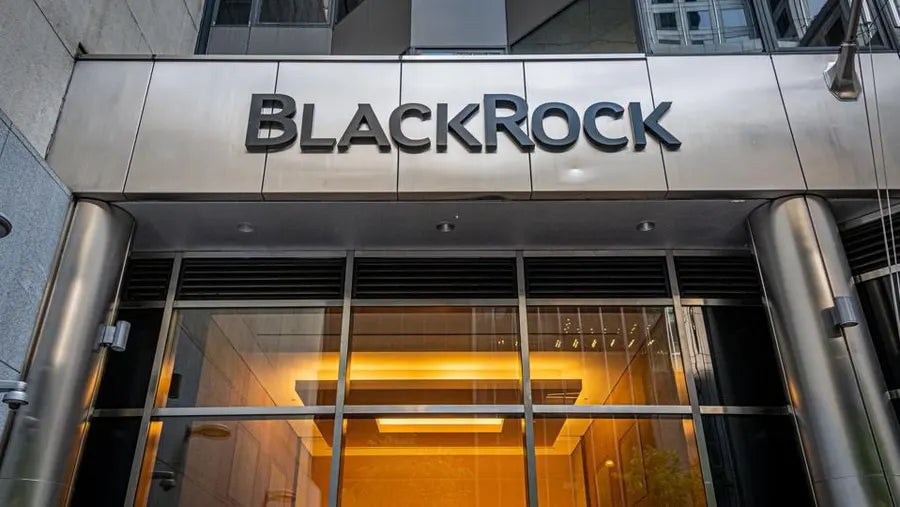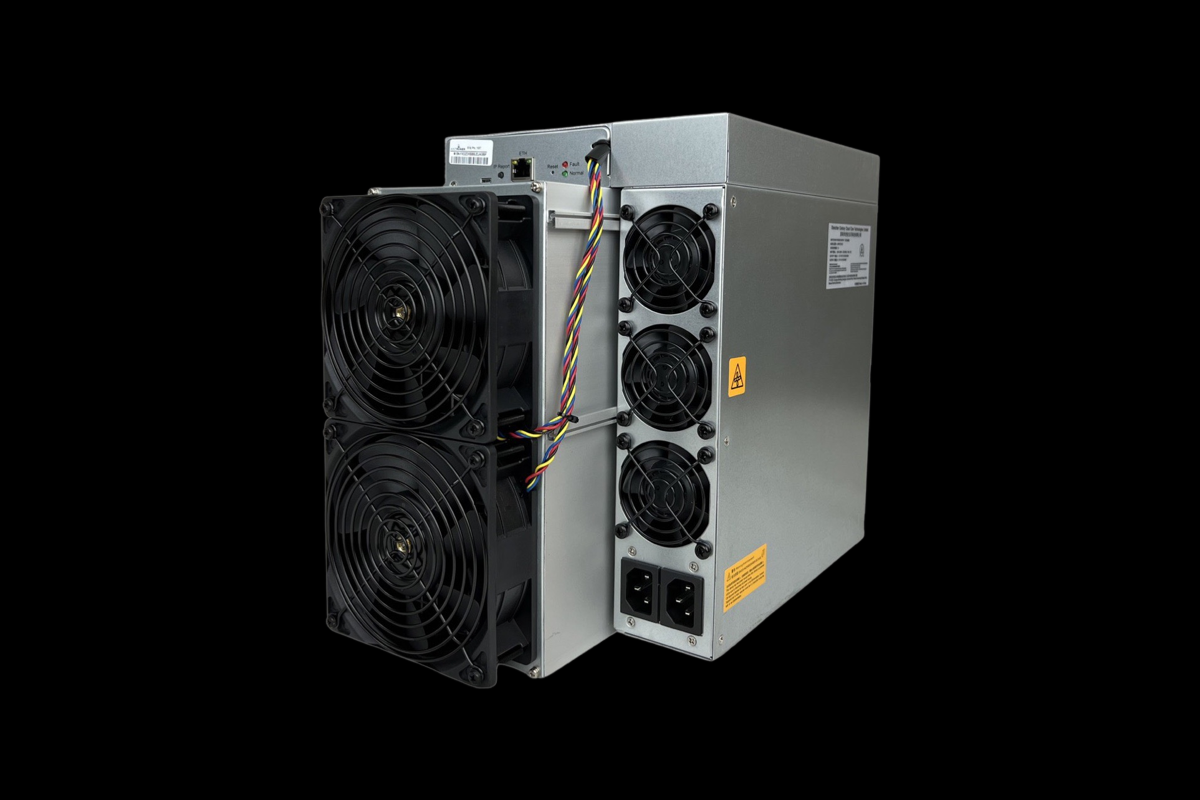Understand Layer-2 protocols

In the first post of this series, we learned about Layer One Protocols and about application layers in general - the masking solutions responsible for hiding a system's underlying operations, to make it easier to use and understand for the end user.
In the context of blockchain, layers help establish protocols that define how a particular network works and how users interact within that network. Layer one protocols specifically refer to a system that is connected to the base or underlying architecture of a blockchain network, setting rules and parameters such as consensus algorithm and block time.
Now we will go one step further to explore Layer 2 protocols and how they fit into the equation to scale the growth and efficiency of blockchain networks.
What are Layer 2 Protocols?
Layer 2 protocols, also known as second layer solutions or off-chain blockchain protocols, aim to handle transaction processing on behalf of the underlying network.
In most cases, Layer 2 protocols are designed to solve the scalability limitations and operational difficulties of the native platform and typically strive to increase transaction speeds on large blockchain networks.
None of the existing layer one protocols have yet to scale to the level appropriate for global usage without compromising other blockchain attributes such as decentralization and security. For this reason, many developers have started exploring the idea of Layer 2 solutions.
Examples of Layer 2 protocols
To further illustrate the concept and application of Layer 2 protocols, here are some examples designed to provide increased throughput for blockchain systems.
State channels
State channels allow users to perform operations directly with each other on a layer separate from the main blockchain (hence the term “off-chain”). State channels only report results to the blockchain when the channel is closed.
Among the most notable Layer 2 protocols leveraging government channels is the Lightning Network, a payment channel that operates on the Bitcoin blockchain to process multiple small off-chain transactions process, which in turn relieves the load on the main chain and frees it up for larger transactions.
The Lightning Network can process millions of transactions per second cheaply and efficiently. The concept is similar to that of a bar tab, where it's more efficient to wait until the end of the night to close than to do this every time you order a drink.
Plasma
Another good example of a Layer 2 protocol is Plasma - a scaling solution for the Ethereum blockchain that aims to dramatically increase the efficiency of the network (or any other blockchain). by taking the majority of processing tasks off the main chain.
Plasma provides a generalized framework that supports the creation of other child chains or side chains powered by Ethereum. It uses Merkle Trees and smart contracts to essentially create stripped-down versions of the Ethereum network.
These child chains are designed to operate a customized smart contract that allows users to deploy the plasma structure to best suit their individual needs. By leveraging the security of the main chain, Plasma is able to deploy a variety of different child chains that would work in predetermined ways towards specific goals, thereby reducing the congestion on the main Ethereum blockchain.
Optimistisches Rollup (OR)
Optimistic Rollup Considered the successor to Plasma, it is an off-chain technology designed to improve Ethereum's smart contracts and DApp ecosystem through scaling. Funds transacted on ORs are stored in a smart contract on Ethereum, where users deposit funds, aggregators sign up, and fraud evidence is committed.
Optimistic Rollups will allow Ethereum to scale up to 200-2,000 transactions per second compared to its current rate of just 10-20 per second, representing a dramatic increase in the network's throughput.























